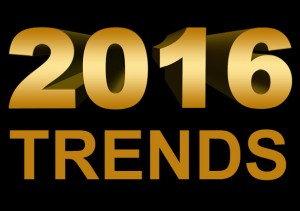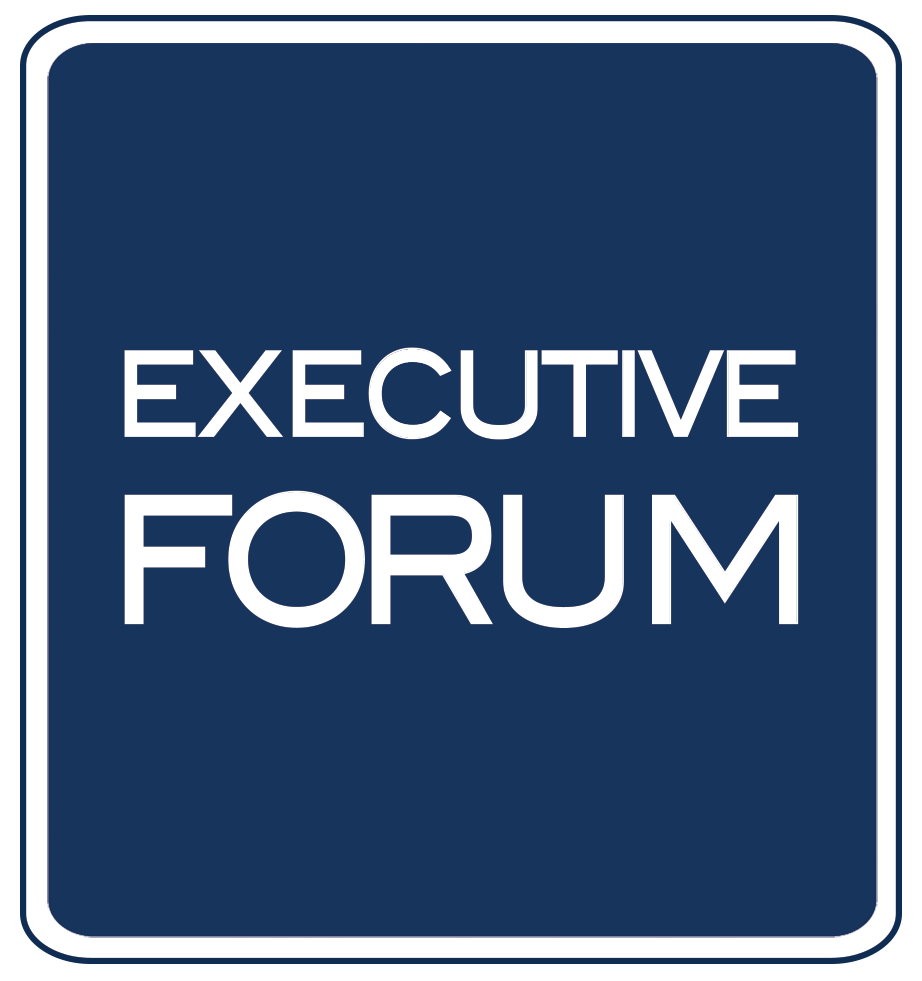As we look forward to the changing face of the workforce in 2016, it’s a great time to make a few predictions and think stra tegically about how we can prepare for the biggest changes we should expect.
tegically about how we can prepare for the biggest changes we should expect.
- Millennials take over. As Baby Boomers are now retiring at a rate of one every four seconds, there’s a mathematical equation that must be solved. There just aren’t enough Gen X high potentials in the leadership pipeline to solve the leadership gap being created by the Baby Boomer exodus. Millennials, born entrepreneurs, are anxious to take on those vacant leadership roles and are asking for more challenging tasks in the workplace. We will begin seeing more and more millennials leap-frog over their Gen X coworkers to take on early leadership positions and fill high potential programs.
- Leadership Development needs explode. While millennials will be able to solve the mathematical equation of the leadership gap, the question becomes “are they ready?” Most HR Executives and Senior Leaders say no. In fact, 23.8% of respondents to The Conference Board’s study on workforce preparedness found that 4-year college graduates were deficient in the area of leadership skills. It will take a significant investment of time, money, and energy to bring those skills up to speed. Employers will increasingly rely on trusted partners to deliver leadership development programs to foster those skills in new millennial leaders.
- Flexibility becomes key. For years, employers have been moving towards an open office design, with mixed results. Where some organizations find additional collaboration, others found increased absenteeism, retention issues, and more employees who work from home. In general, millennial leaders believe in results over structure. They also believe in personalization. So, as millennials continue to disrupt traditional workplace structures, expect the open office design to shift towards a mixture of collaborative space, personalized comfortable individual work stations, and more telecommuting. Naturally, this adjustment to the physical work space will require an adjustment in leadership communication styles.
- The year of retention. Last year, the buzz word at every HR and Workforce Leadership conference was engagement. Every company wanted to help you survey your employees for their engagement levels and offer ideas and rewards for keeping them engaged. While engagement remains crucial for any workplace (in any year), in 2016 the key will be retention. Your superstar employees have been through too many restructures, office re-designs, comp plan changes, and budget cuts in the past 5 years. They feel more comfortable with the economy and have been fielding those endless LinkedIn emails from recruiters. Be prepared to lose key talent in 2016 and ensure your HR department is on top of sourcing the A-players from your competitors.
- A shift in benefits. Throughout 2015, we heard from several companies that made major changes to their sick time, maternity, and paternity leave policies. Expect that trend to grow substantially in 2016. In order to compete for top talent, organizations will start looking at the overall competitiveness of their comp plans and identify the flexibility of paid leave time as an easy concession. The number of companies offering paid maternity leave now is disturbingly low, and paternity leave has been virtually non-existent. But tech companies are quickly adjusting their leave policies in an attempt to retain their already limited female workforce, and that is creating a larger conversation in organizations across the US. Also, expect to see some challenges to the trend of “unlimited sick time.” While this seemed like a perk to many workers, employees in some states will begin challenging this policy as it may violate state laws around paying out accrued sick leave when an employee leaves the organization. Naturally, any issue related to paid leave naturally requires some strategic planning and flexibility on the part of a leader.
While this trends list is dominated by the changes millennials will bring to the workforce as they take on more advanced positions, it would be an error not to mention the impact Gen Z will have on the workforce this year. While Gen Z is just now ready to take on entry level positions and internships, we shouldn’t underestimate the ways in which they will alter workplace dynamics and company culture.

